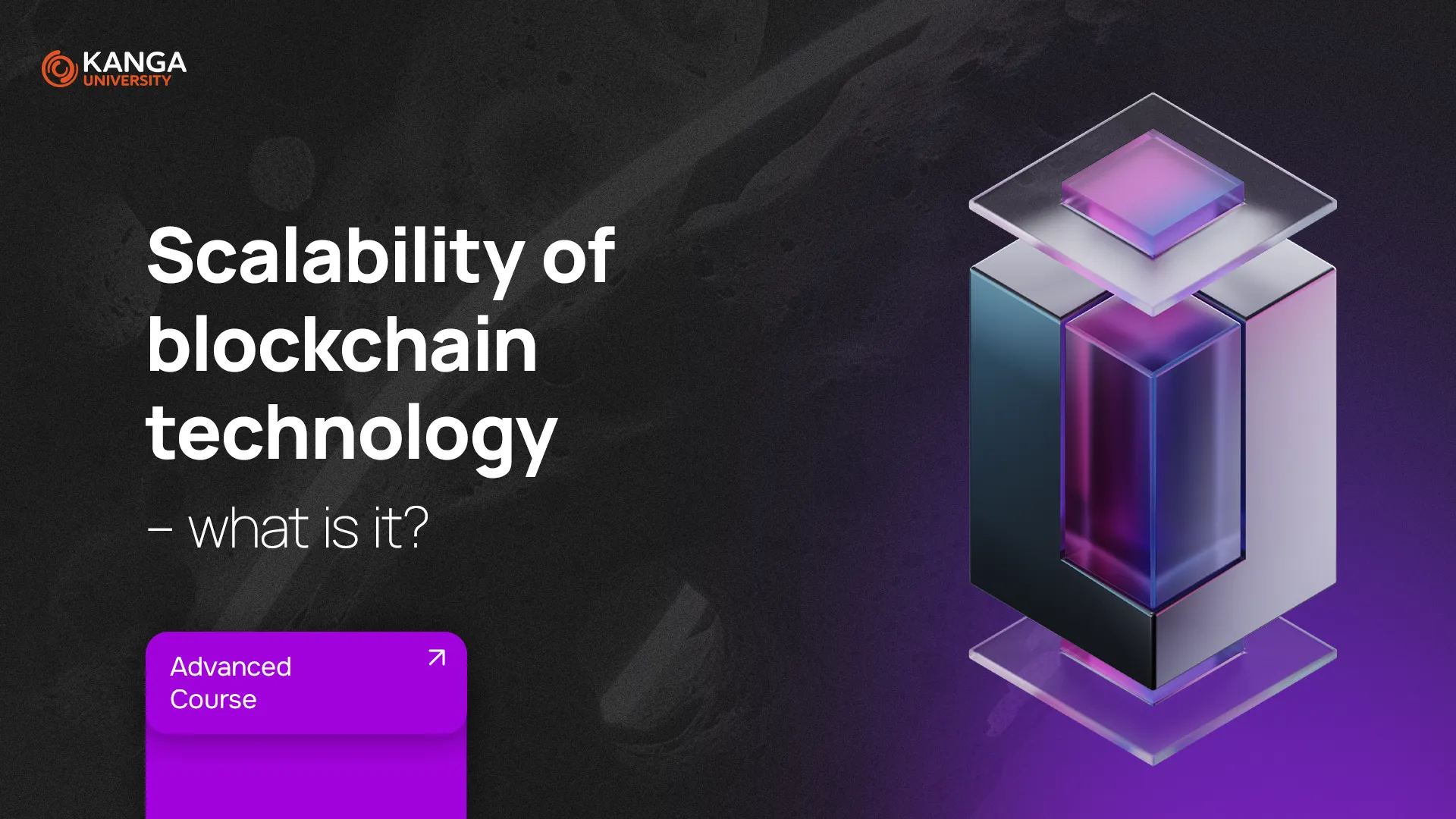
Blockchain is a game-changing technology, but it has its growing pains — and one of the biggest is scalability. As more users join the network and the number of transactions increases, systems can slow down or become expensive to use.
In this lesson, we’ll break down what scalability really means, why it matters, and the most promising solutions currently being developed to help blockchain networks handle global-scale adoption.
What is Blockchain Scalability?
Scalability refers to a system’s ability to handle a growing amount of work — or in this case, more users and transactions — without slowing down or breaking.
For blockchain, that means:
-
More transactions per second (TPS)
-
Faster confirmation times
-
Lower network fees
But here’s the catch: traditional blockchains like Bitcoin and Ethereum weren’t built for high-speed performance. Their priority was security and decentralization — and that came at the cost of speed and efficiency.
Why Is This a Problem?
Blockchain networks run on thousands of distributed computers, known as nodes. Each one stores a full copy of the transaction history and helps validate new activity.
As the number of users grows, so does the pressure on the system. If the network becomes too congested:
-
Transactions can take minutes or even hours.
-
Fees can skyrocket.
-
User experience suffers.
To solve this, developers are working on making blockchains faster, more efficient, and more scalable — without sacrificing security.
How to Scale a Blockchain
Scalability solutions fall into two main categories:
1. Layer 1 Scaling (on-chain)
These changes are made directly to the base blockchain. Examples include:
-
Sharding: Splits the network into smaller, manageable pieces called “shards,” which process transactions in parallel.
-
SegWit (Segregated Witness): Optimizes how data is stored in blocks, allowing more transactions per block (used in Bitcoin).
-
Hard Forks: Major upgrades to the network that can, for example, increase block size or reduce block time.
2. Layer 2 Scaling (off-chain)
These are additional protocols built on top of the main blockchain. They help offload traffic while keeping the core network secure.
Examples:
-
State Channels: Enable fast, two-way communication between users without every transaction being recorded on-chain.
-
Sidechains: Independent blockchains that run alongside the main chain and sync up periodically.
-
Plasma: Uses “child chains” — smaller blockchains that operate under the security of the main network.
-
Lightning Network: A fast payment system built on top of Bitcoin, using smart contracts for instant, low-fee transactions.
Other Scalability Approaches
-
Alternative ledger structures: Technologies like Directed Acyclic Graphs (DAGs) allow transactions to be processed in a non-linear, asynchronous way, increasing speed and efficiency.
-
Consensus mechanism upgrades: Some projects improve scalability by switching to more efficient algorithms, such as Proof of Stake or newer consensus models designed to handle high throughput.
Summary
Scalability is one of the most important challenges blockchain must overcome.
As millions more users join decentralized networks, the pressure on infrastructure grows — and without proper scaling, blockchain can’t reach its full potential.
Thankfully, solutions are already being tested and implemented:
-
Layer 1 upgrades make blockchains more efficient at their core.
-
Layer 2 technologies offload transactions and improve user experience.
-
Alternative systems like DAGs offer fresh ideas for rethinking blockchain altogether.
The future of blockchain depends on how well it scales — and that future is already being built.